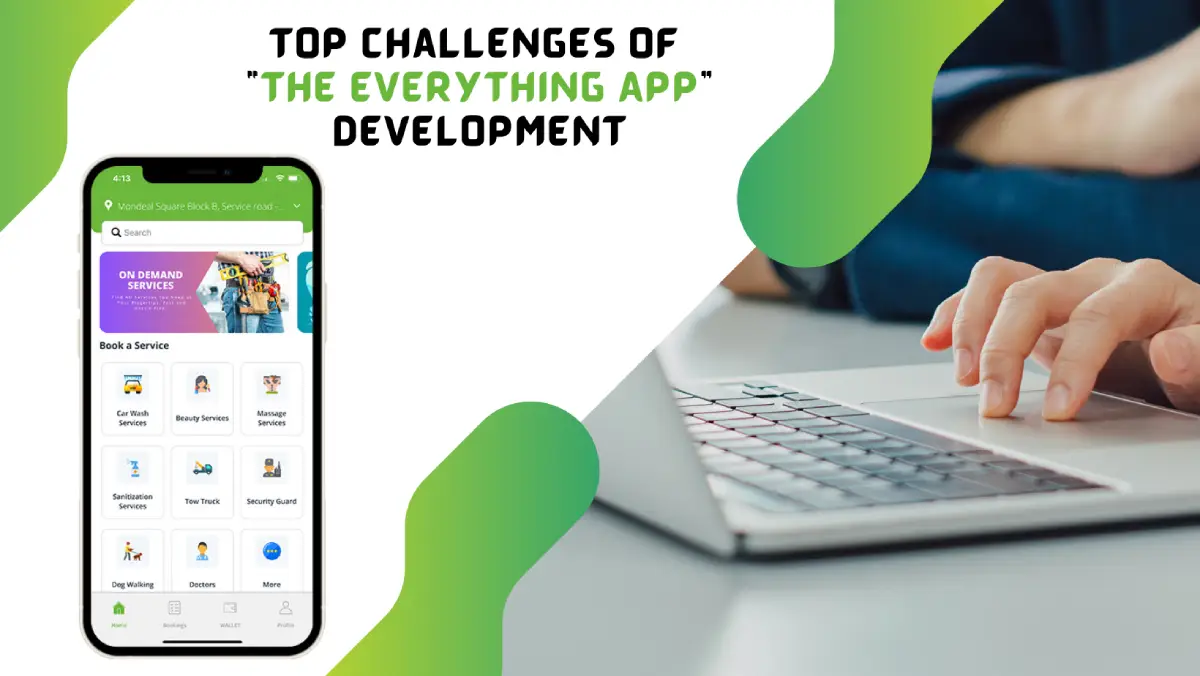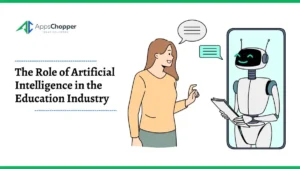Gamification in Education: Making Learning Fun and Engaging
The use of gamification as a teaching strategy has increased in recent years. Educators can improve student engagement, interaction, and enjoyment of learning by using game components in the classroom. As a result, students may be more engaged in their studies, retain more of what they learn, and achieve higher levels of success in the classroom.
Table of Contents
To explain, what is gamification?
Adding game mechanics to non-game settings, such as classroom instruction, is known as gamification. Gamification elements such as points, leaderboards, badges, and awards can help. By incorporating these aspects into the classroom, teachers can increase student engagement and enthusiasm for learning. Hire Dedicated Android App Developer for this job.
Examples of Gamification in the Classroom
Whether you focus on games for young children or the gamification of higher education, you’ll find plenty of relevant examples.
We consider this while designing our products and employ gaming design ideas to make education exciting. Like a video game where each level is progressively more difficult than the last, Waggle provides students with in-game prizes and presents them with lessons that remain within their zone of proximal development. We hire iphone developer india to get our desired product.
Students in Math 180 can earn badges for various reasons, including some that reflect a growth attitude, such as showing resilience in the face of setbacks. A game show-style practice board where students may pick which questions to answer first and watch their scores build, along with realistic simulations and math-focused video games, are also included. In addition to our math products, Into Math and Math Expressions, Waggle also features video games.
While we are proud of the games we have created, others are thinking about how gaming may be used to facilitate education. A pedagogical take on Minecraft called MinecraftEdu was released in 2011 to teach subjects as varied as architecture and ratios. Oregon also hosts an annual statewide competition called the Oregon Game Project Challenge, where students in grades seven through twelve collaborate to create video games based on a certain topic. Game design is a valuable activity in and of itself, including lessons in computer science, visual design, and narrative construction.
The advantages of using games to motivate children to learn are numerous.
Gamifying the learning process has many advantages, including increased motivation. Children’s attention can be easily captured and maintained through games for long periods. Learning will become an immersive delight encouraging youngsters to participate and investigate using gaming elements like challenging circumstances, incentives, and levels.
- Increased Compatibility
Children are likelier to remember what they learn and retain new information when actively involved in a gamified learning environment. Video games offer a fun and engaging way to practice drills and build muscle. Kids can strengthen their knowledge, skills, and study habits across various subjects by playing educational video games.
- Learning to Think Analytically
Challenges in video games frequently test players’ ability to think critically and solve problems. Young athletes can benefit from gamified training since they are put in similar scenarios where they must explore, strategize, and make decisions to advance in their sport. These problem-solving skills are transferable to the real world, helping kids adopt a more systematic approach to overcoming obstacles.
- Customized Instruction
With gamification, educators can create educational narratives for toddlers specific to their student’s strengths and learning styles. Adjusting the difficulty of challenging settings to match a child’s development and ability is made possible using adaptive recreation mechanics. This individualized approach ensures that children are properly challenged without experiencing frustration or boredom.
- Cooperation and mingling with others
Students are encouraged to work together and interact with one another through many gamified platforms. Games with many players or group projects encourage communication, teamwork, and skill development.
- Inspiration and Reinforcement
The gamified learning system’s built-in rewards, awards, and progress-monitoring components encourage young people to continue learning and improving. The instant feedback, badges, leaderboards, and access to new levels or content are all excellent forms of reinforcement that do wonders for bolstering self-assurance and keeping a sense of accomplishment alive.
Different Categories of Online Games for Education
- Online Language Courses
Leveling up, collecting badges, and maintaining streaks are just some of the gamification components of a well-liked language learning software for kids.
- Mathematical Game
An interactive math recreation that follows school standards helps kids enhance their arithmetic skills while having fun. It offers prizes, digital rewards, and themed environments to make studying arithmetic more interesting.
- Construction-Based Learning Game
Students can work together, problem-fix, and build their virtual worlds in a constructing-and-exploration-based instructional game. Teachers can incorporate in-game teaching and assessments for a variety of disciplines.
The use of games as a teaching tool to motivate students
Using gamification strategies in the classroom will encourage students to seek out information independently and work quickly and effectively. This is because gamification promotes individual and group effort, which strengthens ties within the academic community.
Gamification has enormous potential as a social dimension for teaching and learning, regardless of whether the educator is present in the classroom. In addition, pupils are more likely to have a positive attitude toward learning when using a gamified approach. In turn, this makes education less of a chore and more of something interesting and worthwhile.
Gamification can be implemented whether the learning environment is analog or digital, informal or formal. Teachers and professors can tailor gamified lessons to student’s needs by adjusting the time constraints, difficulty levels, and stakes.
Conclusion
Despite the expanding role of gamification in education, more high-quality empirical data on its impact must be available. First, we must conduct a small-scale scientific investigation before making definitive claims. However, the successes of gamification in education models, particularly in Mathematics and English, are spectacular. Hire Dedicated Android App Developer for this to be done. If implemented in elementary schools or at universities to teach new skills, gamification has a good chance of becoming widespread. Before students lose interest in a remote learning environment, it can be helpful for teachers to investigate different pedagogical approaches.
Read more: Are You Looking for Dedicated App Developers? Here is A Complete Guide







